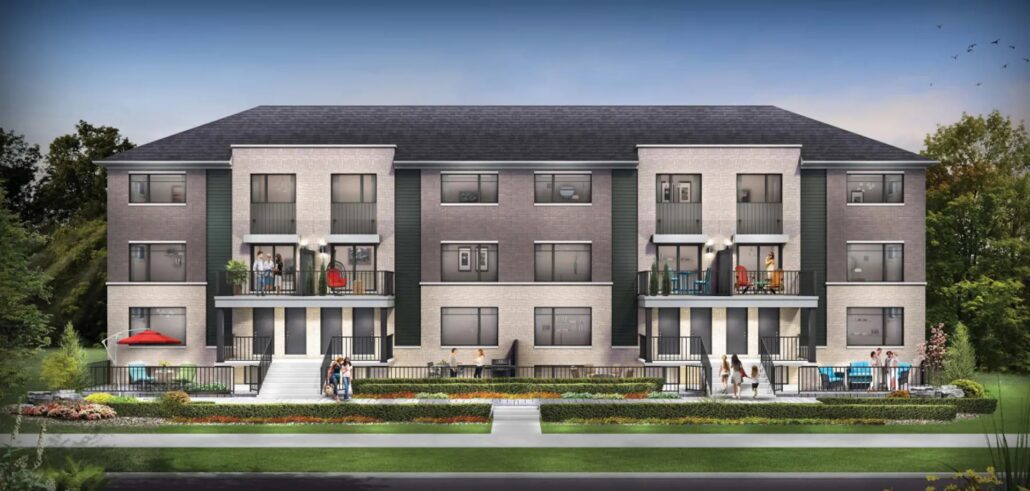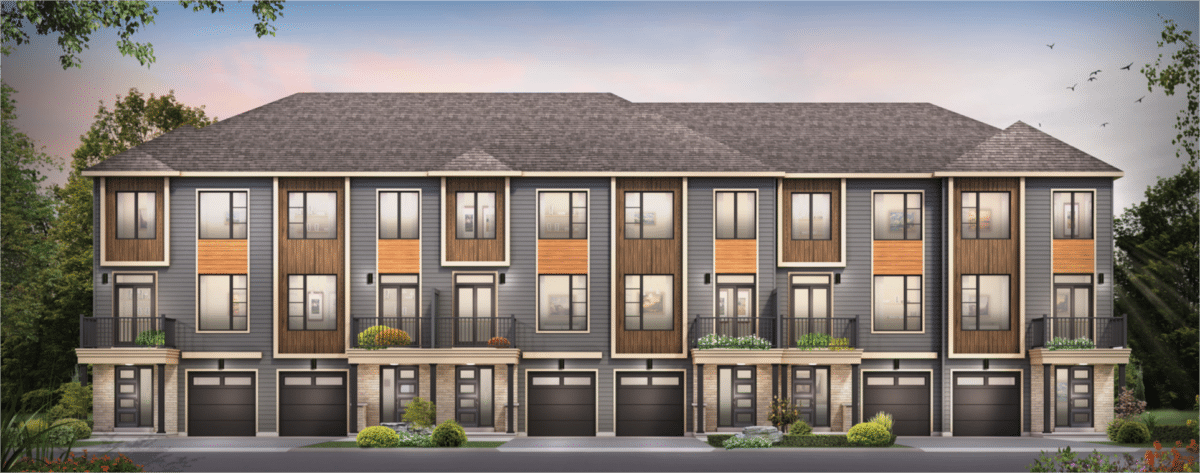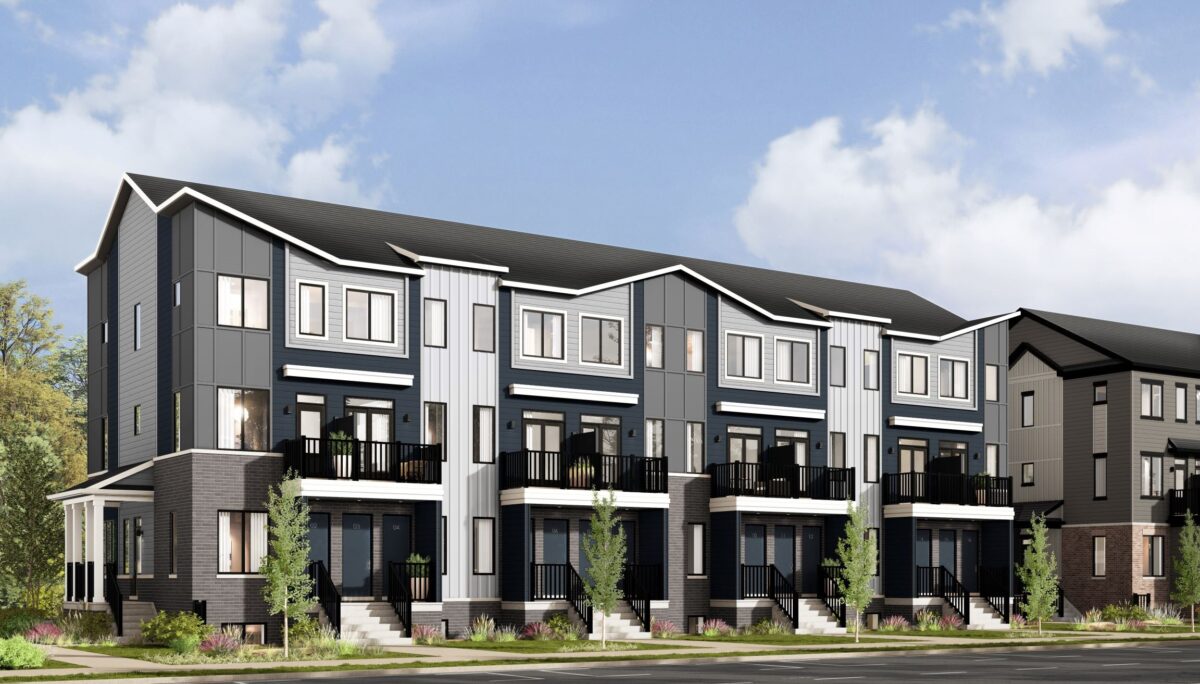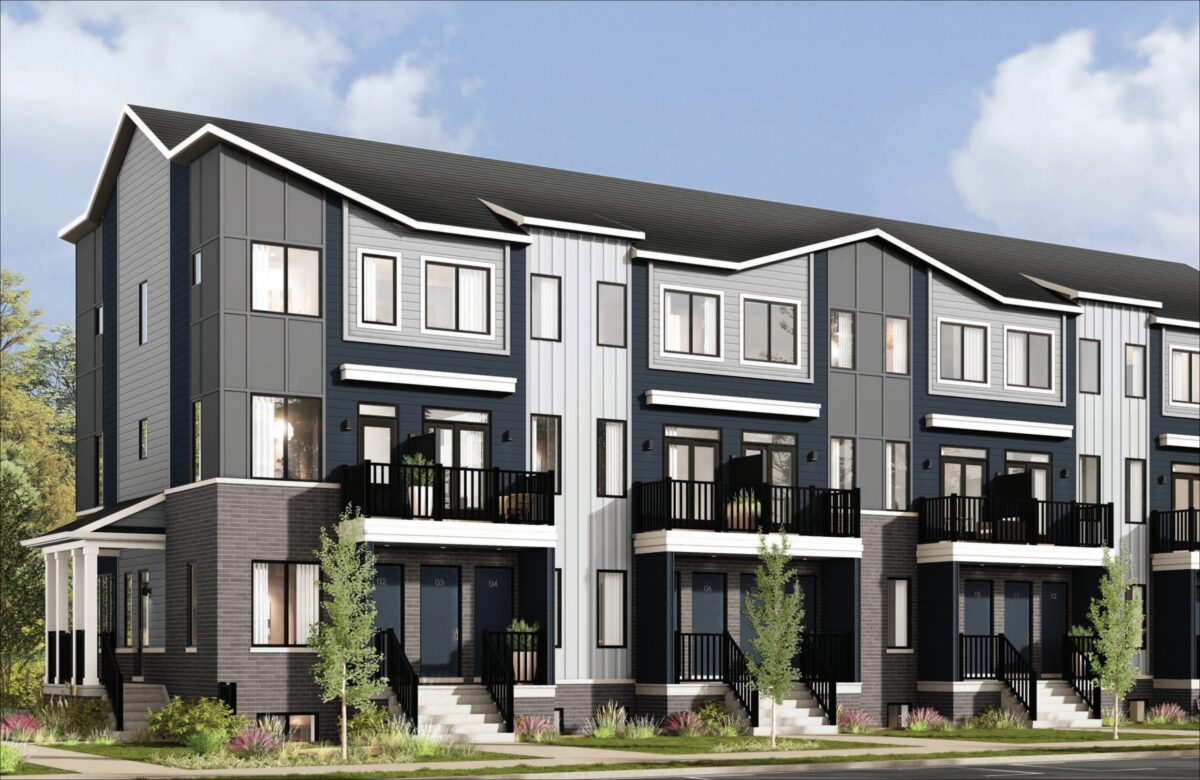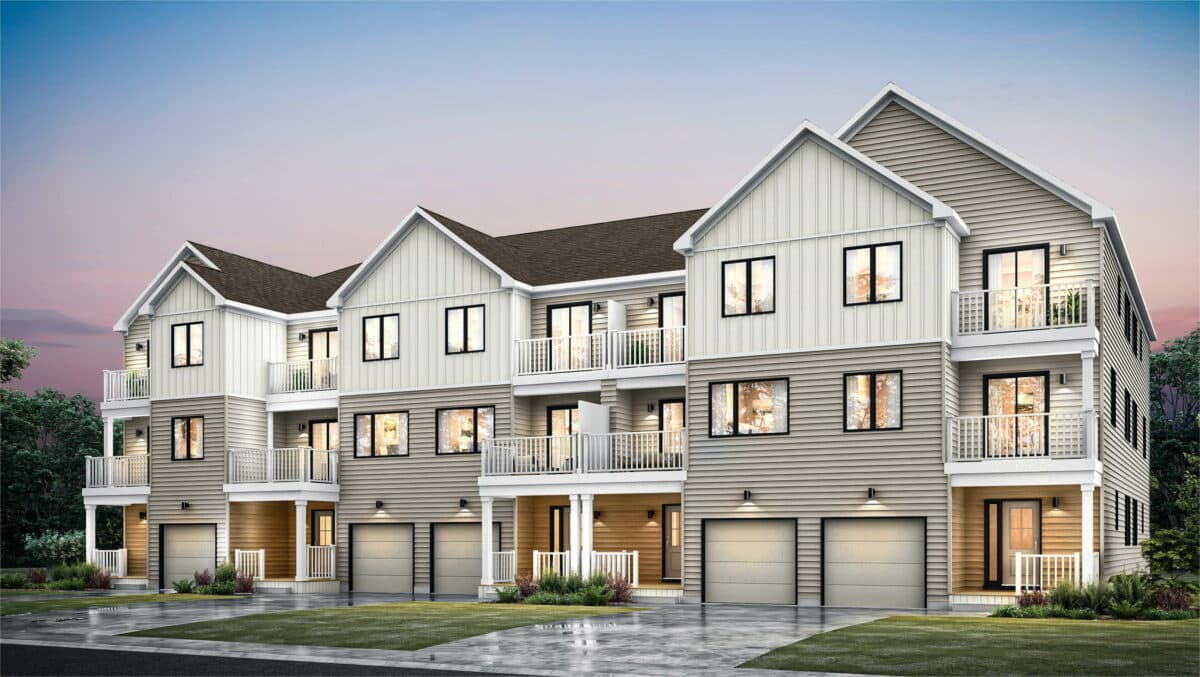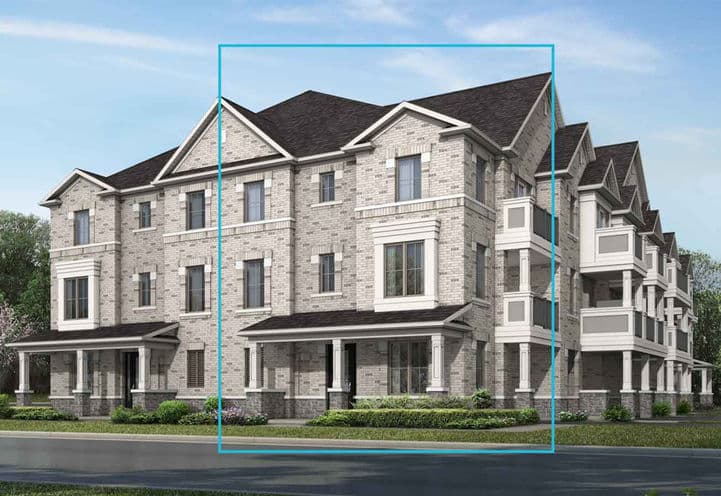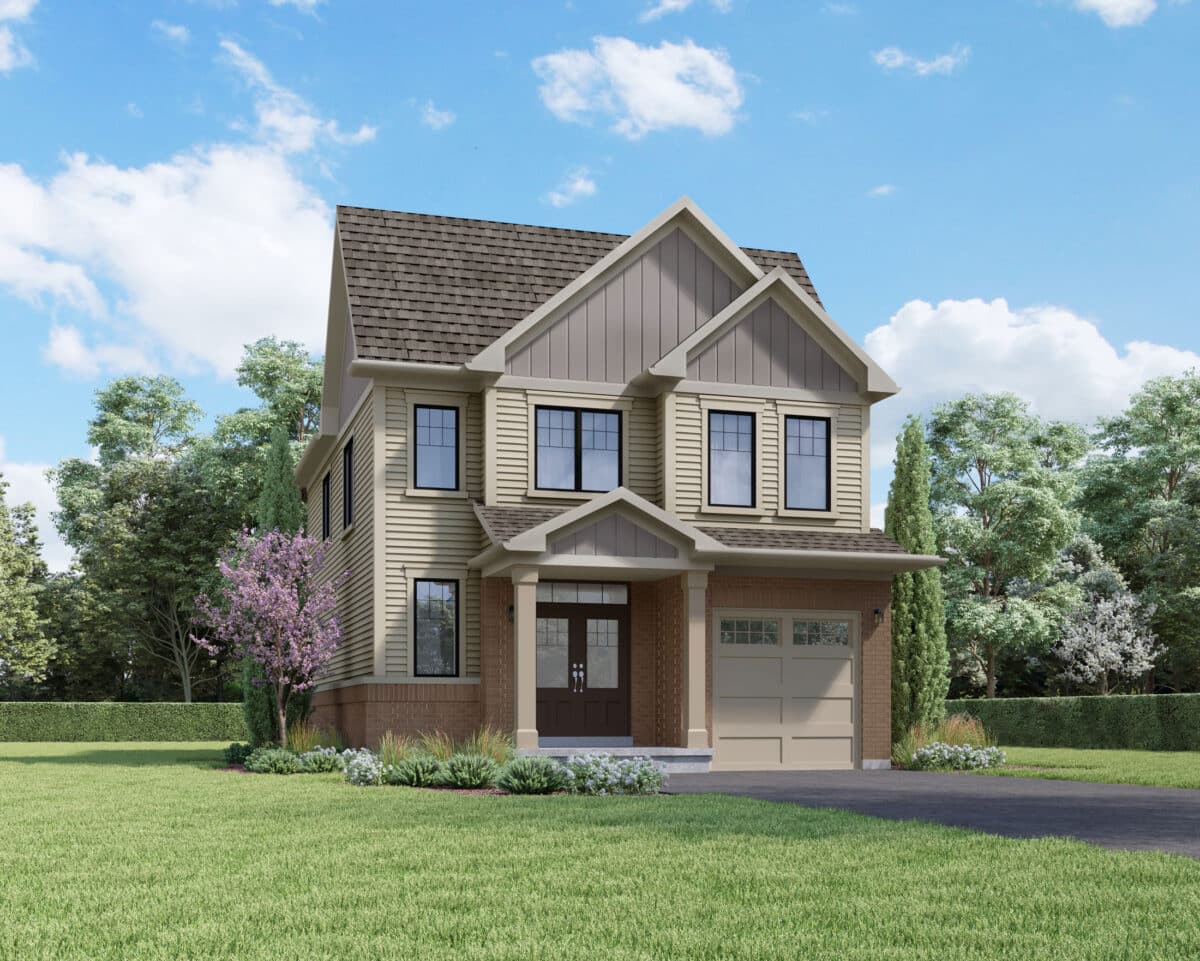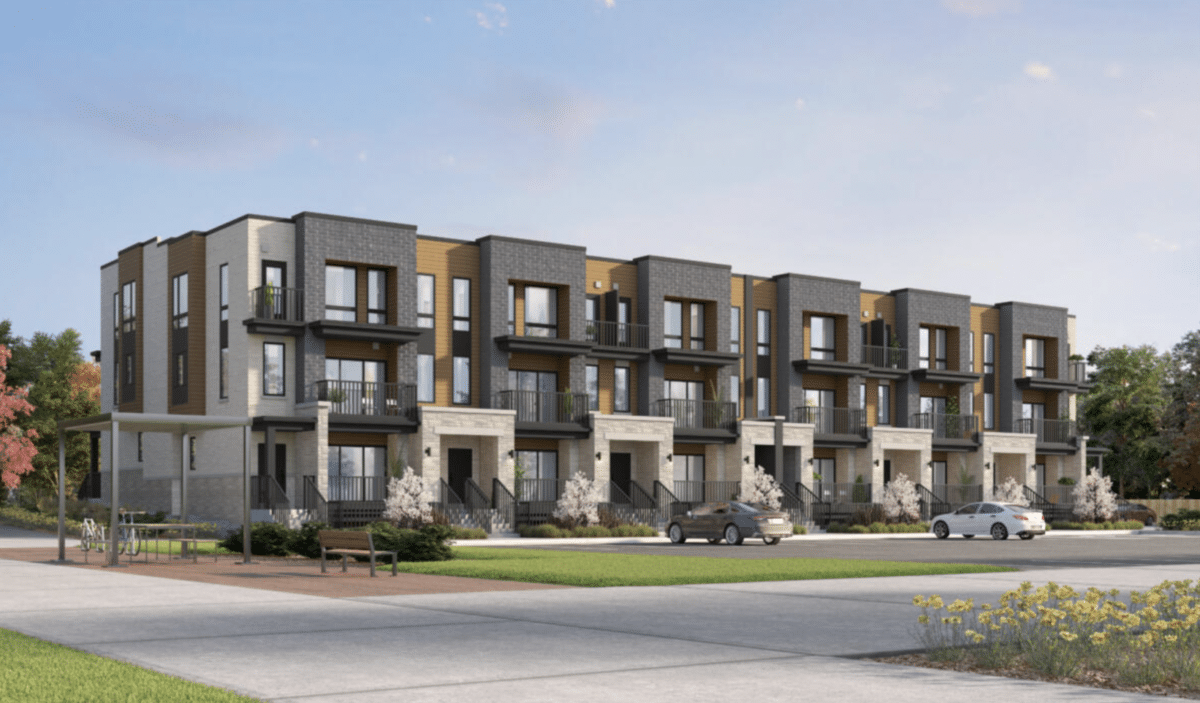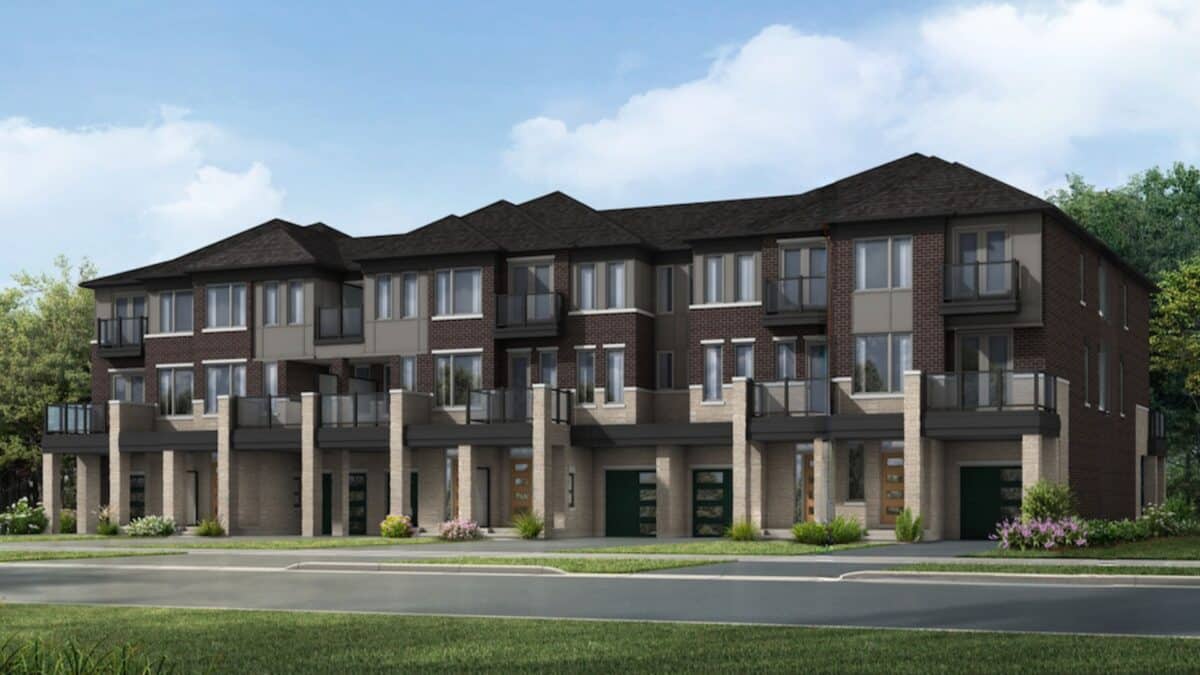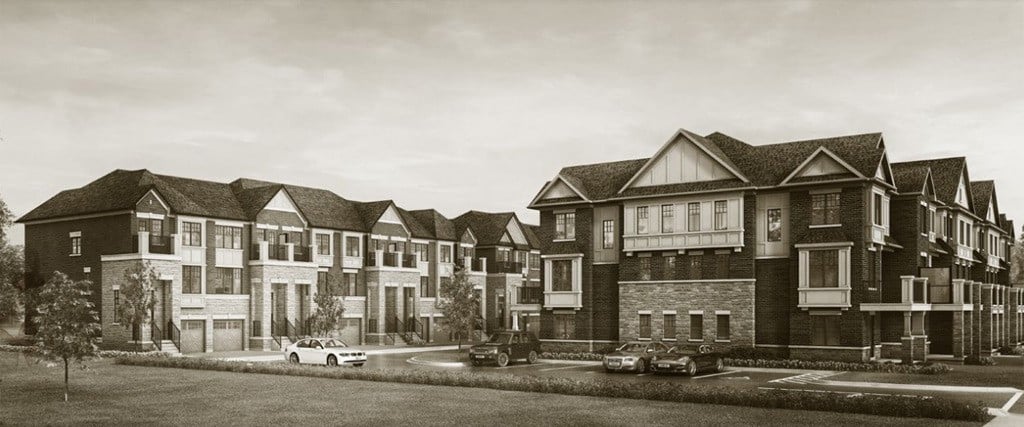List of New Townhomes in Ottawa
-
Parkside at Arcadia
Pricing From $409,900
380 Huntmar Drive, Ottawa, ON
Developer - Minto Communities
Occupancy - TBD
View Details -
Riversbend at Harmony
Pricing From $469,900
Riverboat Heights, Ottawa, ON
Developer - Minto Communities
Occupancy - 2026
View Details -
The Conservancy
Pricing From $369,990
Borrisokane Rd & Strandherd Dr, Ottawa, ON
Developer - Caivan Communities
Occupancy - 2026
View Details -
Summit Series Towns
Pricing From $349,990
Innes Rd & Lamarche Ave, Ottawa, ON
Developer - Caivan Communities
Occupancy - 2025
View Details -
Northwoods
Pricing From $509,990
March Rd & Dunrobin Rd, Ottawa, ON
Developer - Mattamy Homes
Occupancy - 2025
View Details -
Fox Run
Pricing From $699,990
Perth St & Oldenburg Ave, Ottawa, ON, Canada
Developer - Caivan Communities
Occupancy - TBD
View Details
Why Invest in Ottawa Real Estate?
While Toronto is the financial and demographic capital of Canada, Ottawa is the political and historical capital of the country. It occupies the unique position of being the site of the country’s most consequential judgments and the home of several leaders who shaped the country’s history. For prospective investors interested in purchasing new townhomes in Ottawa, the prestige of an Ottawa property is only one aspect in evaluating the market’s worth. Ottawa is also a city steeped in legacy and history, an older city with a noble resident population and a more respectful, tranquil atmosphere than other large cities. Its history has contributed to the city’s natural beauty, with significant rivers and a massive canal running through it, together with older and renovated residences and stores, creating several wonderful walking and cycling areas. It is a highly clean city with plenty of green space, densely forested with enormous trees and parks, and with beaches that run beside its large rivers. This setting contributed to it receiving the greatest amount of appreciation from WALK thus far. Ontario is a nice province with a walkable city. It is ethnically, linguistically, and religiously diverse, with immigrants who are above-average in income and education contributing to a strong talent base. It is the second most popular immigration destination in Canada, and one of the most popular for French speakers. Its variety is evident in its diverse areas, particularly its big Chinatown, which is densely packed with restaurants serving Chinese and other Asian cuisines and items. Ottawa’s bilingualism stems from the fact that a third or more of its population, particularly in the Gatineau district, speak French. Local companies, like the government, aim to promote bilingualism. This also applies to the University of Ottawa, a world-class institution with a completely multilingual faculty. The city has a high rate of university and college education, which results in a highly educated talent pool, particularly in creative and technology-related industries. Although it is less entrenched in blue collar industries including manufacturing and logistics, the city has extremely low income inequality and a far higher median family income than Toronto or Montreal. It is a smaller, more tranquil, and safer city with a multilingual population, a low crime rate, a high median income, and a low economic disparity. All of these factors combine to make Ottawa an ideal destination to live long-term and raise a family!
The Advantages to Investing in New Townhome in Ottawa
Ottawa has consistently been placed well, if not first, in city rankings for livability, affordability, walkability, and bicycle friendliness, increasing the value of preconstruction townhomes in the city. A top rank on MoneySense Magazine’s list of Canada’s finest places to live, third in North America, third in the world for best eco-cities, and among the top employers of knowledge-based jobs such as high tech, computers, and science. It is a popular resort for French speakers. There is already a sizable francophone minority in Ottawa, and government and industry work to service inhabitants in both languages. Ottawa has a high proportion of residents with a tertiary degree and a variety of schools in and around the city to accommodate various modes of study. Numerous colleges and institutions in Ottawa, along with a robust public transit infrastructure and a high level of walkability and bicycle friendliness, making it an ideal student city. A person does not need a car to live, attend to school, or work comfortably in Ottawa. As a result, prospective residents contemplating relocating to Ottawa might factor in the absence of an automobile when calculating their monthly expenditures of living. It is a lovely city with several parks, trails, and rivers. Each season has its own set of events. Residents of new townhomes in Ottawa may anticipate encounters with a variety of animal neighbours on their walks. Deer, squirrels, and foxes, among others. The city is extremely clean and pollution-free, owing to a greater focus on greenspace and the ease and reliability of non-car commuting. Numerous groups work with immigrants to guarantee a comfortable adjustment to city life and to assist them in establishing themselves after they move into a new townhome in Ottawa. Due to its role as the nation’s capital, there is a strong sense of national pride and personal affiliation with Canadianism. When immigrants and long-term residents come to our nation, they form a strong bond with the country. This is demonstrated by the city’s diverse collection of museums and public areas. As the government’s headquarters, it embodies a diverse variety of ethnic backgrounds and the synthesis of personal and national history that have contributed to the formation of Canada’s identity. This shared coexistence also results in a plethora of stores and restaurants that offer ethnic experiences to its people, with a vast array of tastes, sights, and scents available at the numerous shops and food establishments that line the various neighbourhood streets. Ottawa is a slower-paced, calmer metropolis than some other areas, such as the metropolitan heart of Toronto. For some, this may suggest a diminished nightlife, but for others, it makes it an excellent spot to settle down and dwell.
- 1
- 1
- 1
- 1
- 1
- 1
Working in Ottawa
At 26.5 percent, Ottawa outperforms other Canadian cities in terms of total employment in what is regarded as the “knowledge area.” It employs over 15% of its working population in research and high-tech areas. The largest industry is knowledge-based support services, followed by software, aerospace and defence, ecommerce, and telecommunications. IBM, for example, is the city’s top employment when the public sector and government buildings are excluded. As Canada’s capital, Ottawa’s high concentration of degrees in law and social sciences is reflected in the high concentration of persons employed in government and administration. In comparison to the national average of 6%, Ottawa’s total percentage of active workers employed in public administration is above 20%. It makes sense that the city in which Parliament is located, as well as the headquarters of numerous other federal agencies, would employ a disproportionately large number of persons in government, legal, social community, and public administration positions. The one disadvantage of Ottawa is that, except from creative, technologically oriented, service, and government sectors, the city’s economy is not very varied, owing to a stronger emphasis on higher-education-related companies than on manufacturing and logistics. In general, Ottawa succeeds at having a high median household income—one of the highest among large Canadian cities—while simultaneously having a far lower rate of income inequality than Toronto, with the difference narrowing somewhat between 1980 and 2005, whereas it nearly quadrupled in Toronto.

Average Price of Pre-construction Townhomes in Ottawa
Ottawa has a reliable real estate market as compared some of its other counterparts throughout the Greater Toronto Area. In the present scenario, the average cost for new townhomes in Ottawa is close to $470,000, which is inclusive of an increase of 23% since September 2020.
The Transportation System in Ottawa
Ottawa is the most walkable city in Ontario, according to WALK Friendly Ontario. It features an extensive network of pathways and walkways and is also particularly bicycle friendly. Its numerous pedestrian and cyclist occupants also have access to a robust public transit system. Preconstruction townhomes in Ottawa are built in a city with an established and mature transportation system focused on reducing the need for personal vehicles, increasing the city’s natural beauty with less noise, and improving public health as a result of the system’s encouragement of getting out of the car. Transpo is the city’s public transportation system, which includes a huge number of bus routes that span the whole city, as well as the O-Train rail, which functions similarly to an above-ground subway system, with two lines that run east to west and north to south. Around 40% of the population commutes to work through a mix of public transportation, walking, and cycling, while the remaining 60% choose to drive. Around 60% of Ottawa’s population commutes in less than 30 minutes, 25% between 30–44 minutes, and 15% in more than an hour.


Ottawa's Education System
Ottawa is a highly educated city that draws a more educated immigrant population than those who choose Toronto or other Canadian cities as their new townhome. In terms of post-secondary fields of study, business management and marketing are the most popular, followed by social sciences and healthcare, and education, legal profession and study, and engineering are the least popular. Social sciences, which include areas like political science and government relations, make sense as the city’s second biggest academic pursuit, given the city’s Capital position, which results in a high number of federal and provincial employment openings. Due to the city’s popularity in the high-tech, creative, and federal government sectors, it provides top-notch schools that teach such talents. The Ottawa School of Art offers artistic degrees and programmes, whereas the Institution of Ottawa, or uOttawa, is a large, fully bilingual university that offers a wide variety of programmes both on-campus and online. Carleton University is a smaller institution that places a premium on basic sciences and social sciences. For universities, the perennially popular Algonquin College has a major campus in the city and offers a variety of skill-based certifications, diplomas, and degrees, frequently with co-op options. Smaller private colleges and universities emphasize specific subjects, such as theology and philosophy at Dominican University.



